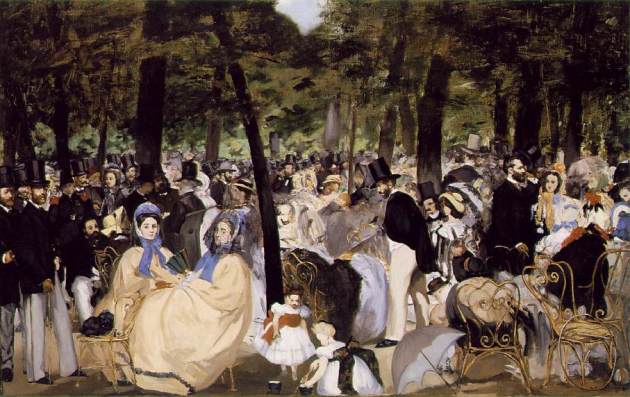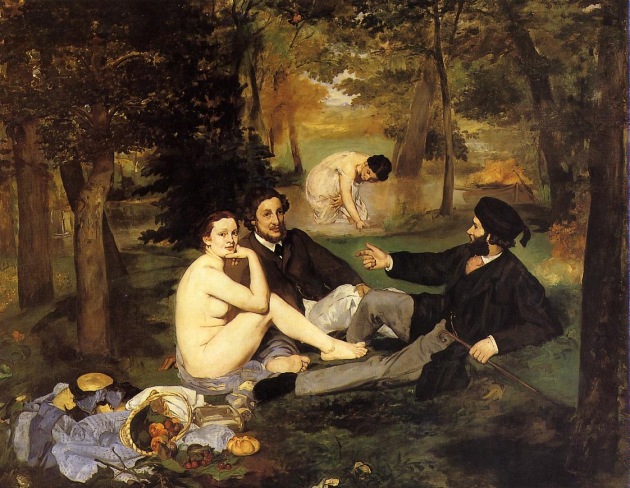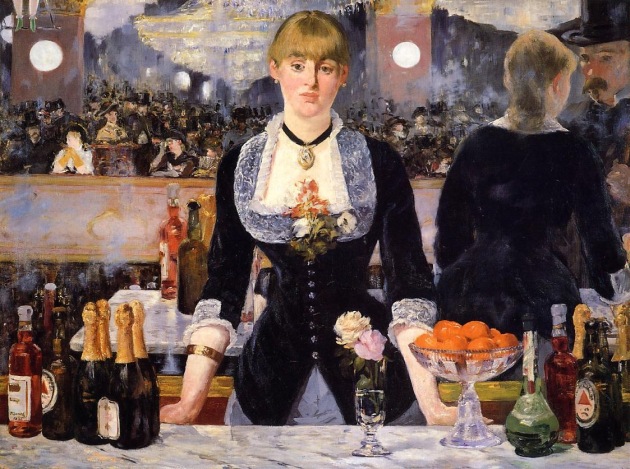Recent Posts
- Oil painting Woman Fastening Her Garter by Edouard Manet
- Oil painting Le Bon Bock (Study of Emile Bellot) by Edouard Manet
- Oil painting Masked Ball at the Opera by Edouard Manet
- Oil painting Lady with Fans Portrait of Nina de Callais by Edouard Manet
- Oil painting Battle of the Kearsarge and the Alabama by Edouard Manet
Categories
art
Bar at the Folies Bergere
Blue
boat
Boating
book
Cafe Concert
Edouard Manet
Figure painting
Garden
girl
image
Impressionism
Lady
Landscape
man
Masked Ball
Music in the Tuileries
oil painting
Olympia
Opera
painting
picture
Portrait
Portrait of Eva Gonzales
portrait painting
Railroad
sea
Seascapes
The Luncheon on the Grass
Venice
woman
Young Flautist


